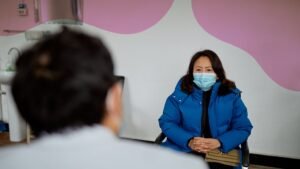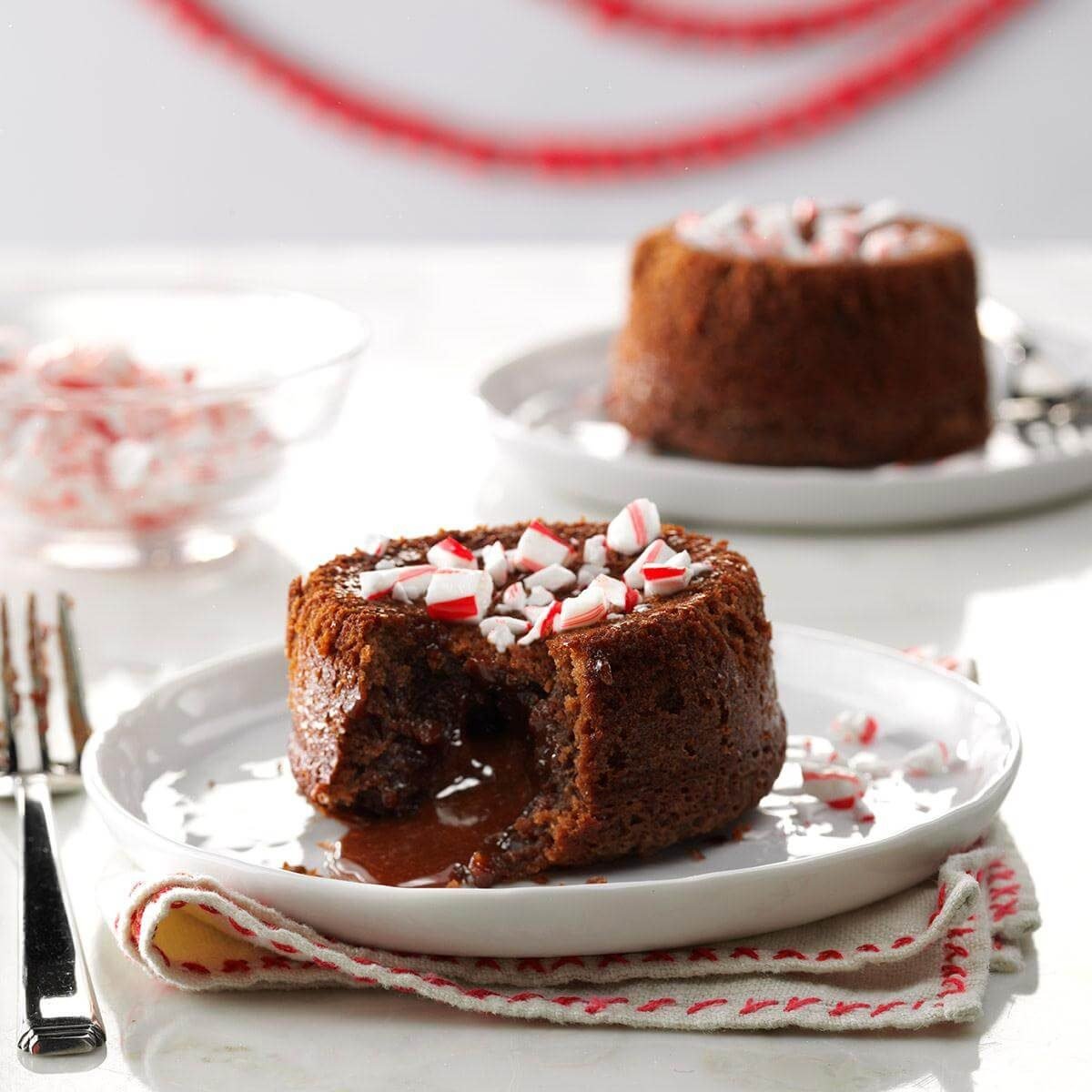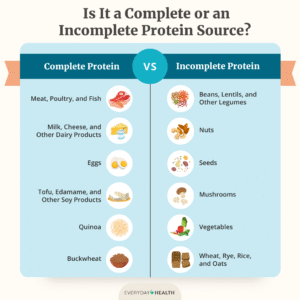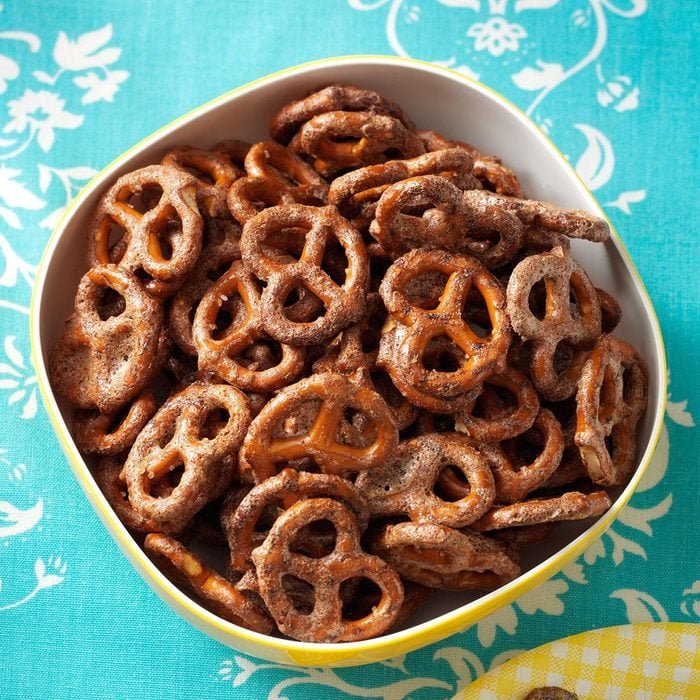Pimples in the Ear_ Symptoms, Causes, and How to Get Rid of Them
Understanding Ear Acne: Causes, Symptoms, and Solutions
Ear acne can be an uncomfortable and sometimes painful condition due to the ear’s unique structure, including its delicate cartilage and narrow passages. Factors such as earwax buildup, bacteria from earbuds or jewelry, and infrequent cleaning of hard-to-reach areas can contribute to acne in the ear canal or outer ear. The skin in these areas contains pores that can become clogged, leading to breakouts.
What Are Comedones and How Do They Form?
Comedones are clogged hair follicles, or pores, that become blocked by a combination of natural body substances. These include:
-
Sebum: Oils produced by the sebaceous glands.
-
Sweat: Secreted by apocrine glands in hair follicles.
-
Dead Skin Cells: Shed during the skin renewal process called desquamation.
-
Cerumen (Earwax): A unique contributor in the ear, produced by ceruminous glands.
When these substances accumulate, they can trap bacteria such as Staphylococcus aureus or Cutibacterium acnes, leading to inflammation and pimple formation. Attempting to clean ears with cotton swabs can worsen the issue by pushing earwax deeper into pores.
Key Triggers of Ear Acne
Several factors can increase the likelihood of developing ear acne, including:
-
Genetics: A family history of acne may predispose you to breakouts.
-
Hormonal Changes: Increased sebum production during puberty, menstrual cycles, or stress.
-
Diet: Certain foods may exacerbate acne, though they are rarely the sole cause.
-
Environmental Factors: Pollution, friction from clothing, or pressure from sports gear.
-
Hygiene Habits: Dirty earbuds, smartphones, or hearing aids can introduce bacteria.
Types of Ear Acne and Affected Areas
Ear acne can appear in various forms and locations, each with distinct characteristics:
Ear Canal Acne
Pores near the ear canal can become clogged with oil, dead skin, or hair product residue. Blackheads (flat with a dark center) or whiteheads (raised with a white center) may form, and inflammation can make these pimples particularly painful.
Behind the Ear
The skin behind the ear is often neglected during cleaning, allowing oil, sweat, or shampoo residue to accumulate and clog pores. These breakouts typically resemble facial comedones or whiteheads.
Earlobe and Cartilage
Acne on the earlobe or cartilage often results from oil, dirt, or sweat buildup. Deeper blockages can lead to nodules (hard, painful lumps) or cysts (soft, pus-filled sacs), which may cause scarring if untreated.
Severe Acne Types
-
Nodular Acne: Firm, painful knots beneath the skin.
-
Cystic Acne: Smaller, softer pus-filled bumps in deeper tissues.
-
Nodulocystic Acne: A combination of nodular and cystic features, often affecting the earlobe.
In some cases, blocked pores may extend into the sebaceous filament, forming a hard, tube-like plug that widens the pore over time.
Why You Should Avoid Popping Ear Pimples
Popping an ear pimple is strongly discouraged due to the risk of complications. The ear canal is sensitive, and attempting to extract a pimple with fingers or tools can:
-
Damage delicate tissues or rupture the eardrum.
-
Push pus deeper into the pore, worsening inflammation.
-
Cause abscesses or ear infections if the follicle walls break.
If a pimple causes significant discomfort, consult a healthcare provider for safe extraction or treatment options.
Effective Home Remedies and Treatments
Instead of popping pimples, try these gentle remedies and over-the-counter treatments to manage ear acne:
-
Warm Compress: Apply a warm (not hot) compress for a few minutes to open pores and soften blockages, encouraging natural drainage.
-
Benzoyl Peroxide: Found in many acne products, it kills bacteria and clears dead skin. Start with a 2.5% strength to minimize irritation, such as dryness or redness.
-
Salicylic Acid: Helps exfoliate and unclog pores, available in over-the-counter creams or chemical peels.
-
Azelaic Acid: Ideal for sensitive or darker skin types, it reduces inflammation and bacteria.
-
Tea Tree Oil: A natural remedy for mild acne, typically used at 5% strength. Be cautious of stinging or redness, especially at higher concentrations.
-
Retinoid Cream: Thins the skin around pimples for easier clearing, best used on outer ear acne after consulting a doctor due to potential sensitivity.
Always test topical treatments on a small skin area and wait 24 hours to check for adverse reactions.
Preventing Ear Acne
Maintaining proper ear hygiene can significantly reduce the risk of acne:
-
Regularly clean earbuds, smartphones, and other items that contact your ears.
-
Avoid using cotton swabs, which can push debris deeper into pores.
-
Thoroughly rinse shampoo or soap residue from behind the ears during showers.
-
Keep ear piercings clean to prevent infection-related breakouts.
By addressing the root causes and adopting consistent hygiene practices, you can minimize ear acne and promote clearer, healthier skin.
💡 Frequently Asked Questions
Is It All right in the direction of Pop an Ear Pimple?
Answer coming soon. We are working on detailed responses to this common question.
How Extensive Does It Consider for Ear Zits towards Shift Absent?
Answer coming soon. We are working on detailed responses to this common question.
⭐ Expert Tips
- Include seasonal or trendy variations to keep your meals exciting.
- Highlight prep shortcuts or time-saving techniques for busy cooks.
- Consider dietary restrictions and include substitution suggestions.
✅ Key Takeaways
- These dinner ideas are perfect for impressing guests or enjoying special occasions.
- Choose recipes that match your skill level and available kitchen tools.
- Presentation and taste both contribute to a memorable dining experience.
📣 Join Our Community
Want more inspiration like this? Subscribe to our newsletter for weekly dinner ideas and cooking tips!






